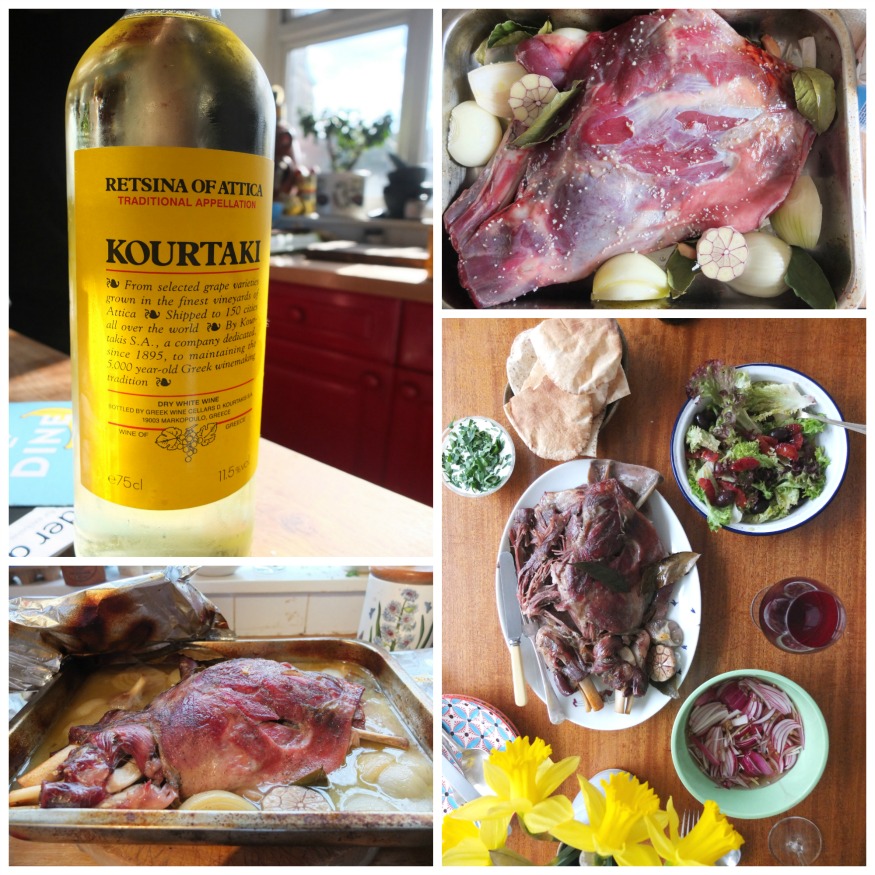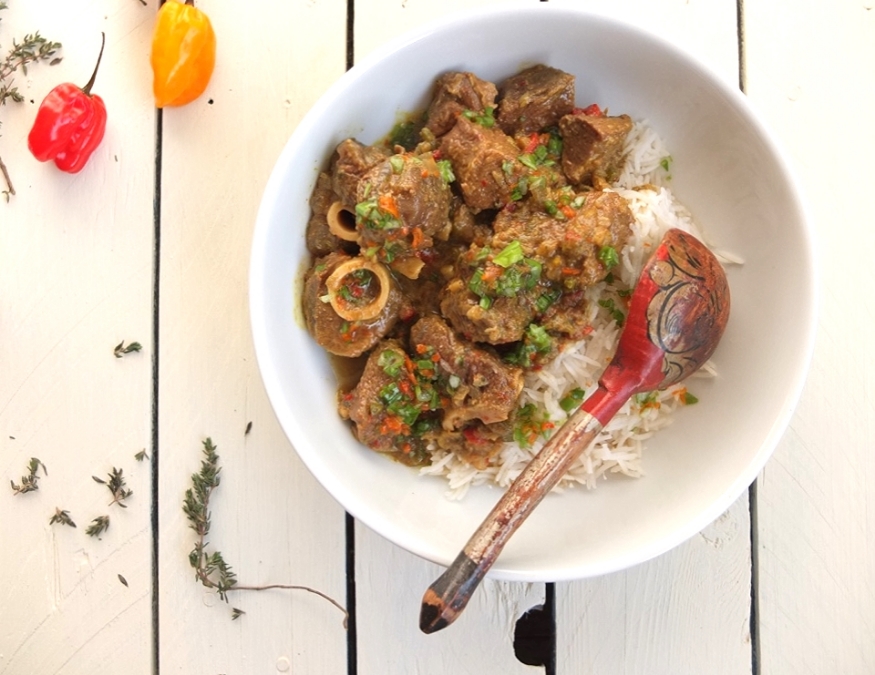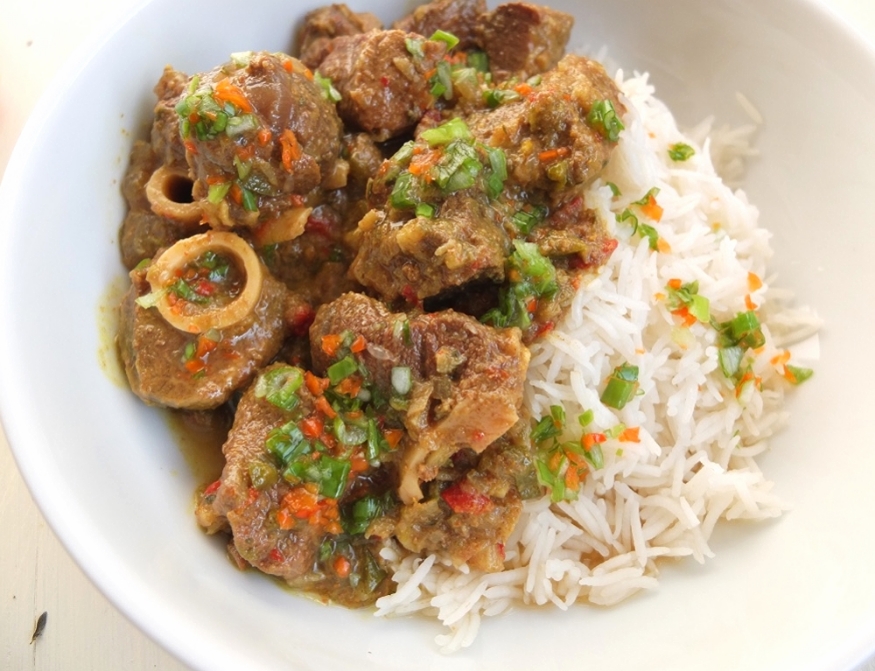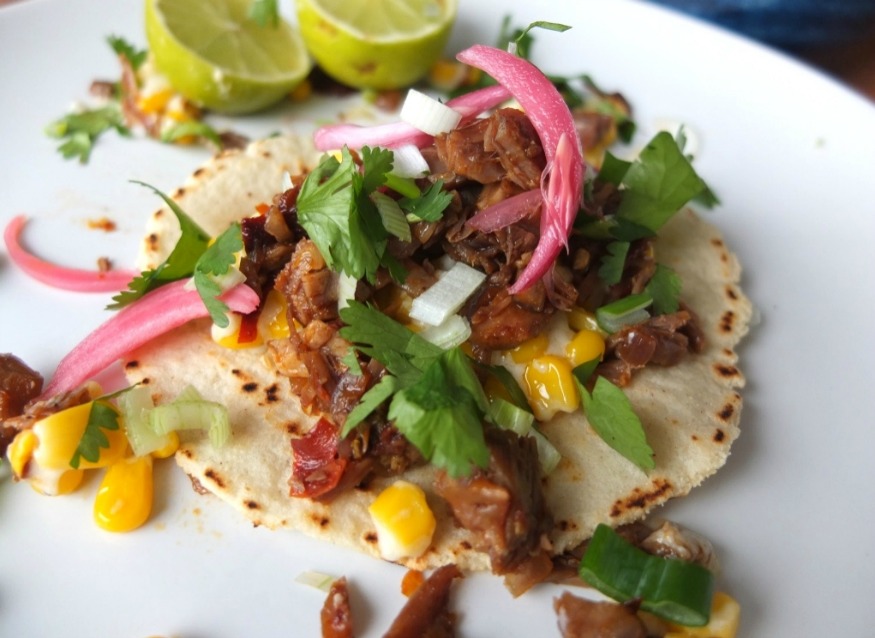
So it turns out that a shoulder of goat goes a reeaally long way – the two of us were eating that thing for a week. As much as it was great braised and stuffed into pitta bread, there are rules about cooking leftovers, most of which involve frying, adding chilli, or plopping a wobbly egg on top.
Tacos are handy for using up leftover roasted meat, which can be chopped and pumped with extra flavour (in this case chipotles in adobo sauce). We’re still getting the hang of making the fresh ones, as you can see. Now now, don’t laugh; we didn’t add enough water to this batch so they came out somewhat thick and raggedy. More practice needed.
You can buy tacos from Mex Grocer if you want the authentic corn jobs – entirely different to those weird, gummy wheat versions. The flavour is amazing, and when made properly, they’re not dry or hard in the slightest. When I went on a taco tour of Tijuana in Mexico last year, I found that most places actually give you two tacos as a bed for the fillings, they’re so floppy and soft.
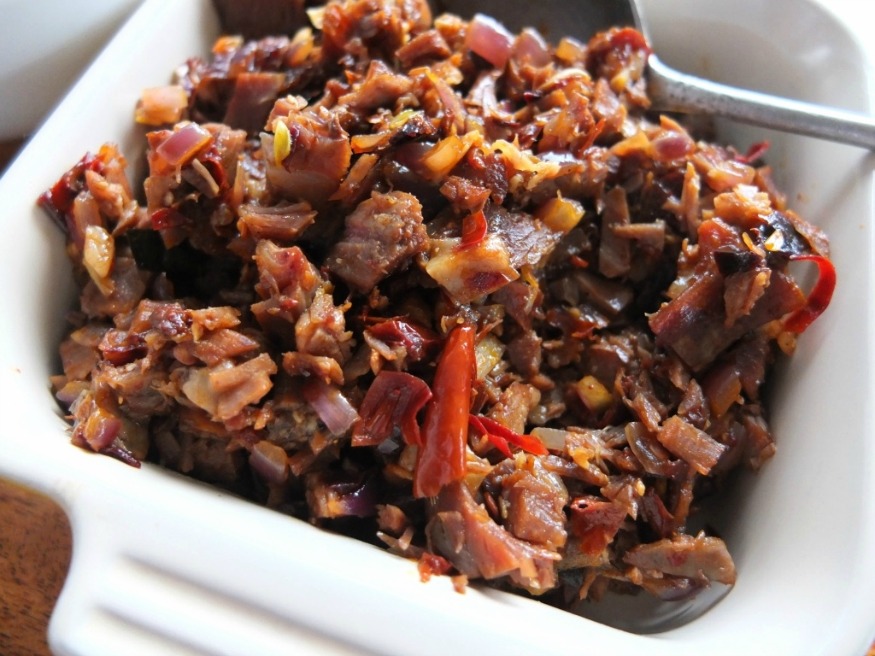
We sizzled the leftover meat with a mixture of chipotle, ancho, guajillo and arbol chillies, to get some complex smoke and fruit flavours going on. There’s cumin, coriander, garlic, red onion. Look, it’s not a timid recipe, m’kay? The sour creamed corn is just BOSS too, a tangier version of the regular creamed. Dangerous stuff which finds its way into your mouth by the spoonful.
Chipotle Goat Tacos with Sour Creamed Corn
Leftover goat or other roasted meat
2 chipotles in adobo sauce, chopped
1 each ancho, guajillo and arbol chilli, rehydrated and chopped
1 small red onion, finely chopped
2 cloves garlic, crushed
Pinch each of cumin seeds, coriander seeds and black pepper, ground together or smashed in a pestle and mortar
Fry the onion in a tablespoon or so of oil and add the garlic and spices. Cook gently, stirring for a few minutes, then add the goat and chillies. Allow to cook, stirring regularly, for around 15-20 minutes, maybe longer depending on the fattiness of your meat. Play it by ear. Season.
For the sour creamed corn:
1 tin sweetcorn (regular size, whatever that is)
25g butter
1 tablespoon flour
75ml soured cream
Melt the butter in a small pan, stir in the flour and blend well. Add the corn, sour cream and salt and pepper. Cook over a medium heat untl thick and lovely.
Quick pickled red onions:
Finely slice red onions and mix with three tablespoons sugar, 3 tablespoons cider or white wine vinegar. Leave for an hour or so, stirring every now and then. Makes a great topping on loads of things.
Serve with tacos (available online) plus coriander and lime wedges.

